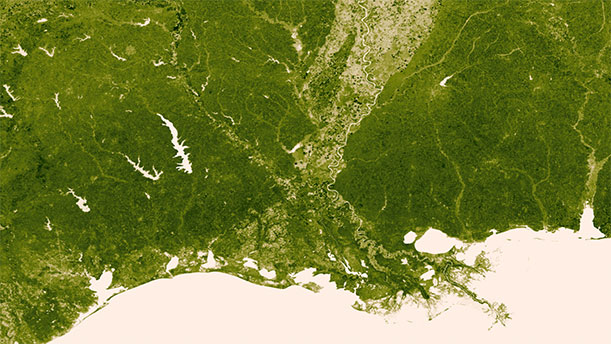On December 7, 1972, the Apollo 17 crew members—commander Eugene Cernan, lunar module pilot Harrison “Jack” Schmitt and command module pilot Ron Evans—captured the full sphere of Earth, a first of its kind image, from about 28,000 miles into space. Al Reinert, a screenwriter for Apollo 13, reflected in a 2011 essay in the Atlantic on the photograph, called the Blue Marble, and just how privileged the astronauts’ view was that day:
“You can’t see the Earth as a globe unless you get at least twenty thousand miles away from it, and only 24 humans ever went that far out into space…. In order to see our planet as a fully illuminated globe you need to pass through a point between it and the sun, which is a narrower window than you might think if you’re traveling at 20,000 miles an hour.”









0 comments:
Post a Comment